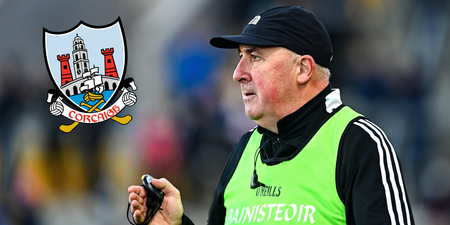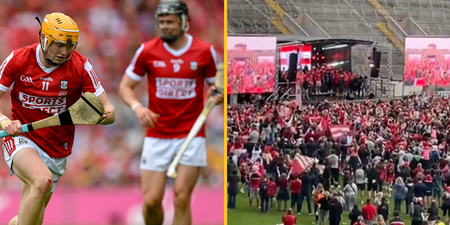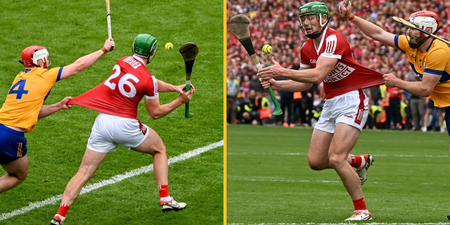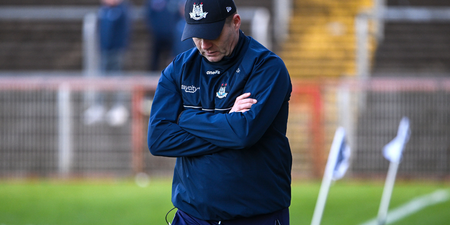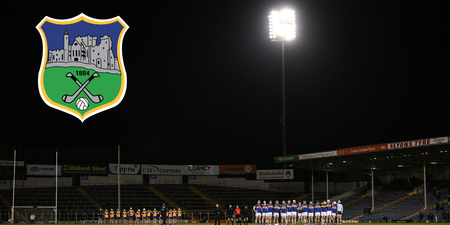A GAA player should never be a victim of the club which they were born into.
The Cork hurling team proves that.
This is a Cork team that backboned by a host of players from clubs that aren’t considered as traditional hurling clubs in the county.
Seamus Harnedy plays junior club hurling with St.Ita’s GAA club, the smallest hurling club in East Cork.
There was a host of hurlers playing for Cork at the weekend from these so-called non-traditional clubs.
Luke Meade is from Newcestown, a club who were intermediate up until 2015. Mark Ellis from Milstreet, a traditional junior club, Darragh Fitzgibbon, one of the county’s brightest young hurlers is from Charleville, an intermediate club.
Certain inter-county teams, especially in the age-grades, focus their team around the bigger clubs in the county. These are the clubs who are constantly in the running for the senior championships in the county, or if it is an under-age panel that is in question, the A-grade clubs.
Many managers feel that these players will be better equipped to adapt to the increased pace that an inter-county set-up brings, than a player who is playing intermediate or underage at a B or a C grade.
It is extremely unfair to judge an individual player on the team that they play with.
The GAA may be a team game, but when it comes to an inter-county team, almost every individual will have the required team-mentality to succeed.
A high-level inter-county team’s success will be defined by the ability that each individual can bring to the table, while contributing to the team-ethic.
Just because a player plays at a lower-level for their club, doesn’t mean that they can’t make the step-up.
The players from these lower-grade clubs are used to the pressure, due to the fact that they are under serious pressure every time they represent their club.
As JJ Delaney said on The GAA Hour Hurling Show on Monday, so many lower-level club players are being overlooked due to this stigma.
“Some people have barriers over ‘he’s not playing senior, he’s only a junior, or he’s an intermediate hurler,’ and then they kind of put them in that box. You can’t do that, you just put him in with them few players that are established and you give them a chance. It either will work or it won’t work and sometimes you get it right and sometimes you get it wrong. But, to put a lad in a box without even giving him a chance, some people do fall down. In fairness to the Cork management team, they’re giving lads a huge chance.”
Paddy Stapleton referenced the influence that Shane McGrath, from the Ballinahinch intermediate club in North Tipperary, and Conor O’Mahony from their neighbouring Newport in North Tipperary in The Premier County’s 2010 All-Ireland winning team.
Stapleton claimed that players from a smaller club are used to serious individual pressure due to the fact that they have to be on form for their club in every game.
“A lot of the time I would find, if a player came from a smaller club, he can have a more consistent level of performance. He’s coming from a club that he has to be on his game every day. You see the Shane McGrath’s or the Conor O’Mahony’s (of Tipperary,) If they’re not on their game, their club probably doesn’t have a chance of winning. So every day, they’re showing up, they have that bit of maturity. Some of your best players can come from them small little places.”
It’s hard to argue with him.
You can listen to the chat here from 25’00”.






